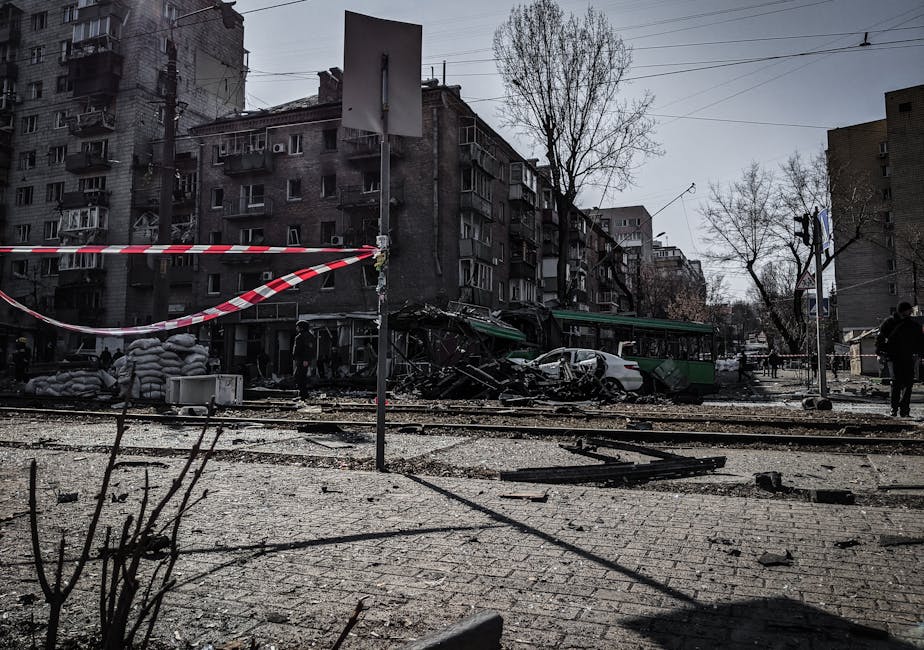
Ukrzaliznytsia, Ukraine’s state-owned railway operator, has restored online ticket sales after a sophisticated cyberattack disrupted its systems earlier this week. The attack, described as “systematic, complex, and multilayer,” targeted digital services but left physical operations unaffected1. This incident highlights the growing threat to critical infrastructure amid ongoing geopolitical tensions.
Attack Timeline and Technical Impact
The cyberattack began five days ago, forcing Ukrzaliznytsia to suspend online ticket sales while maintaining physical ticket offices and onboard services2. One day before restoration, the company deployed backup systems to partially resume digital operations3. Train schedules remained unaffected, indicating the attack specifically targeted service availability rather than safety systems.
Sources characterize the attack as a “highly systematic” operation, with congestion reported at physical ticket counters due to the online system outage4. Notably, no data breaches occurred, suggesting the primary objective was service disruption rather than information theft.
Response and Mitigation Strategies
Ukrzaliznytsia activated contingency plans including:
- Backup systems for ticket processing
- Compensation measures (free tea and lounge access for affected passengers)
- Progressive restoration of services without full system reboot3
The company’s ability to maintain physical operations during the digital outage demonstrates effective segmentation between critical control systems and customer-facing platforms. This aligns with NIST SP 800-82 recommendations for industrial control system security5.
Geopolitical Context and Attribution
While no group has claimed responsibility, the attack coincides with pro-Russian cyber operations including concurrent attacks on Belgian government sites by group *NoName057*5. The Ukrzaliznytsia incident shares characteristics with disruptive attacks rather than data exfiltration campaigns, differing from typical ransomware patterns.
Historical parallels exist with the 2017 NotPetya attack, which similarly targeted Ukrainian infrastructure before spreading globally. However, this incident appears more contained, with no reported lateral movement or secondary payloads.
Security Recommendations
For organizations managing critical infrastructure:
| Area | Action |
|---|---|
| Network Architecture | Implement air-gapped backups for critical systems |
| Incident Response | Maintain offline transaction fallback procedures |
| Monitoring | Deploy network behavior analysis for multilayer attacks |
The restoration of Ukrzaliznytsia’s systems demonstrates resilience in maintaining essential services during cyber incidents. However, the attack underscores the need for robust contingency planning in critical infrastructure sectors, particularly in geopolitically sensitive regions.
References
- “Red ferroviaria estatal de Ucrania sufre ciberataque,” Xinhua Español, Mar. 24, 2025.
- “Los ferrocarriles estatales ucranianos afirman que se han restablecido parcialmente los servicios,” Marketscreener, Mar. 28, 2025.
- “Los ferrocarriles estatales de Ucrania restablecen la venta de billetes en línea,” Ciberseguridad Latam, Mar. 29, 2025.
- “Un ciberataque paraliza los servicios online de la red ferroviaria estatal de Ucrania,” BitLife Media, Mar. 27, 2025.
- “Piratas informáticos prorrusos atacan sitios web del gobierno belga,” Ciberseguridad Latam, Mar. 28, 2025.





